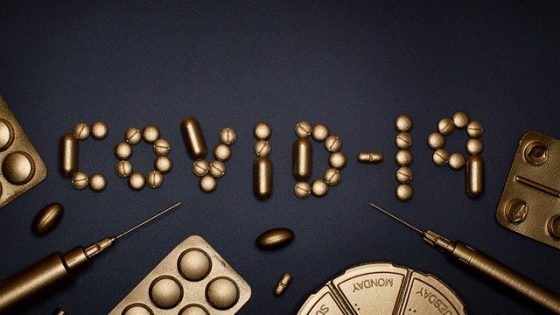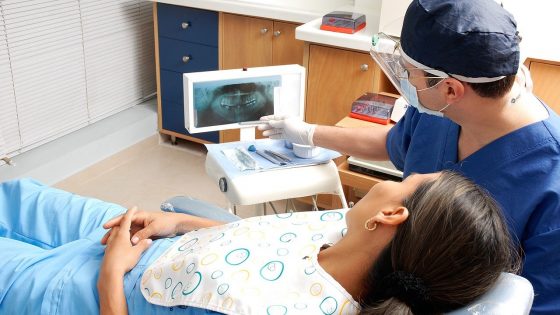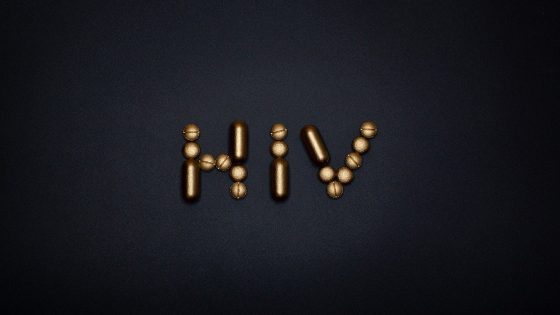chemoradiation
Treatment that combines chemotherapy with radiation therapy. Also called chemoradiotherapy.
chemoradiotherapy
Treatment that combines chemotherapy with radiation therapy. Also called chemoradiation.
chemoreduction
Chemotherapy given to shrink a retinoblastoma tumor before treatment with radiation or surgery. It is a type of neoadjuvant therapy.
chemosensitivity
The susceptibility of tumor cells to the cell-killing effects of anticancer drugs.
chemosensitivity assay
A laboratory test that measures the number of tumor cells that are killed by a cancer drug. The test is done after the tumor cells are removed from the body. A chemosensitivity assay may help in choosing the best drug or drugs for the cancer being treated.
chemosensitizer
A drug that makes tumor cells more sensitive to the effects of chemotherapy.
chemotherapy
Treatment that uses drugs to stop the growth of cancer cells, either by killing the cells or by stopping them from dividing. Chemotherapy may be given by mouth, injection, or infusion, or on the skin, depending on the type and stage of the cancer being treated. It may be given alone or with other treatments, such as surgery, radiation therapy, or biologic therapy.
chest wall
The skin, fat, muscles, bones, and other tissues that form a protective structure around vital organs in the area between the neck and the abdomen, including the heart, major blood vessels, lungs, and liver. The bones in the chest wall include the ribs, sternum (breastbone), and spine. The chest wall also helps support breathing and movement of the upper arms and shoulders.
chest x-ray
An x-ray of the structures inside the chest. An x-ray is a type of high-energy radiation that can go through the body and onto film, making pictures of areas inside the chest, which can be used to diagnose disease.













